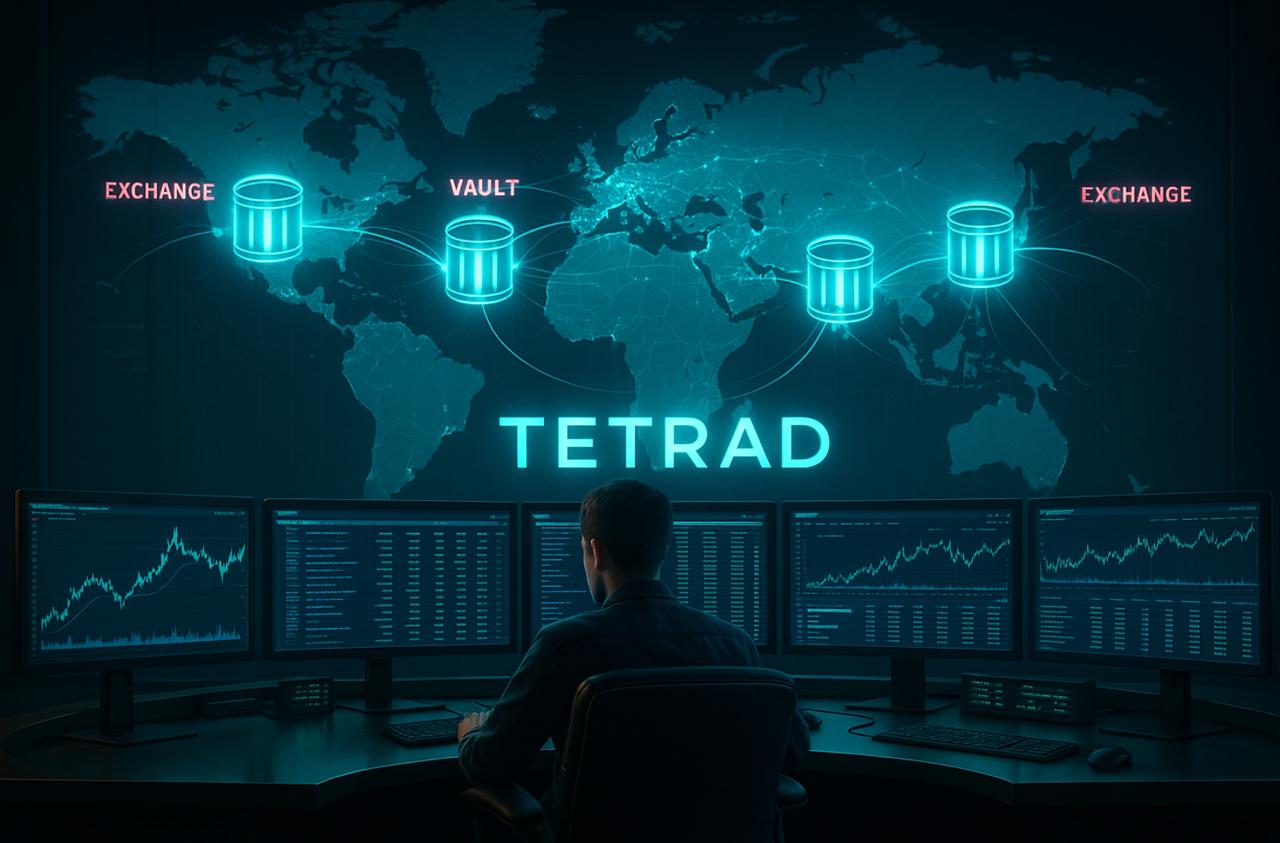Autonomous NFTs (aNFTs) are a groundbreaking innovation. These non-fungible tokens are unique in their ability to interact autonomously with network participants and decentralized applications (dApps) without any human intervention. As we await the decision of the U.S. Securities and Exchange Commission on the approval of a Bitcoin spot exchange-traded fund, it’s intriguing to consider the potential ripple effects on the NFT community.
Understanding Autonomous NFTs
At their core, aNFTs are smart contracts-enabled NFTs that can independently execute actions when predetermined conditions are met. This feature opens up a multitude of possibilities for autonomous interactions in various domains like decentralized finance (DeFi) and blockchain gaming.
How aNFTs Function
The cornerstone of aNFTs is the smart contract technology. Users can program these contracts to autonomously perform specific functions based on certain conditions, be they on-chain or off-chain. This autonomy finds its utility in scenarios such as crypto trading, where aNFTs can autonomously execute transactions in the absence of the user.
Diverse Applications of aNFTs
aNFTs are not just a theoretical concept but have practical applications that are diverse and impactful:
- Trading: aNFTs can autonomously transfer themselves between wallets and applications. For instance, they can be programmed to sell themselves when market prices drop below a set threshold.
- Collateral: In DeFi platforms, aNFTs can serve as collateral for loans and even autonomously repay loans to prevent liquidations.
- Dynamic Wearables and NPCs: Blockchain gaming can be revolutionized with dynamic wearable aNFTs for avatars and interactive non-playable characters (NPCs), enhancing gaming experiences with evolving storylines and challenges.
- Autonomous Real-World Asset NFTs: These could represent shares in real-world assets, paying out dividends automatically under specified conditions.
- Voting and Royalty Payments: aNFTs can streamline processes like voting in DAOs and automate royalty payments for creators and developers.
Pros and Cons of aNFTs
The advantages of aNFTs include automation, which is crucial in time-sensitive operations like trading, and their versatility across various applications. However, challenges such as the complexity of programming aNFTs, the need for custom back-end applications, and reliance on oracles pose significant hurdles.
Real-World Example of aNFT
Imagine a digital art creator, Adam, who develops a PFP aNFT collection titled “Times of Crypto.” These aNFT characters can change their appearance based on the market price of Ether (ETH), showcasing luxury attire when ETH’s price is high and reverting to basic outfits when it’s low.
The Future of aNFTs
Autonomous NFT technology holds immense potential for innovation in the blockchain sector. We can expect to see a variety of creative and impactful applications soon, shaping new experiences and interactions within the blockchain ecosystem.
In conclusion, aNFTs represent a significant step forward in the NFT space, offering a range of applications that extend far beyond the current capabilities. As this technology develops, it could bring about substantial changes in how we interact with digital assets and the blockchain, heralding a new era of autonomous and interactive digital experiences.











